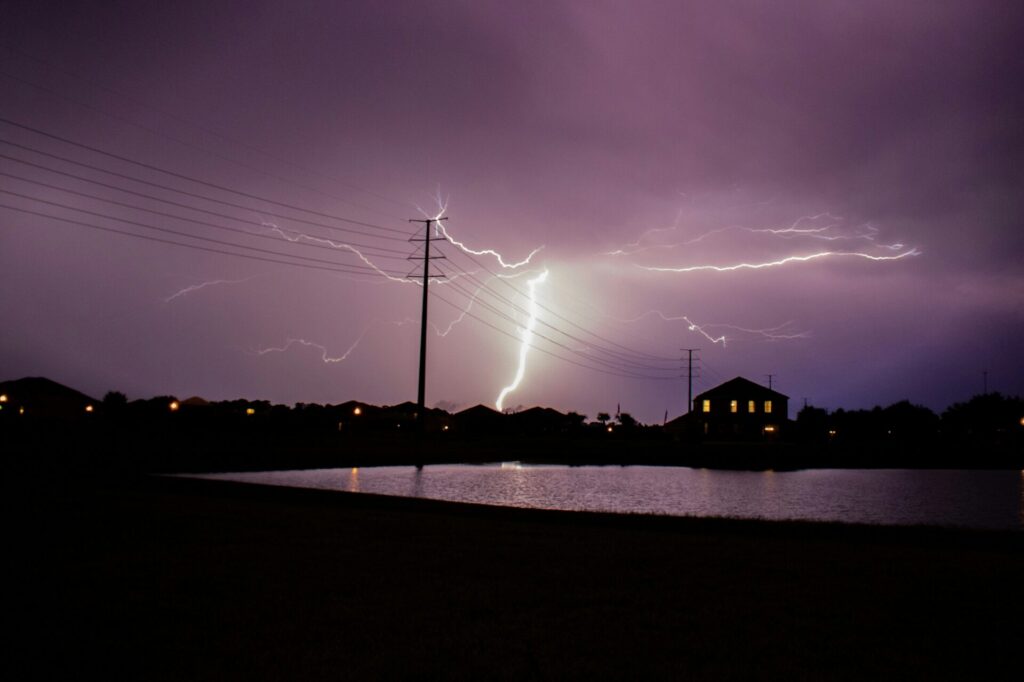Effective Industrial Lightning Risk Assessments Using Weather Lightning Detectors and Lightning Sensors
Industrial facilities often face significant threats from lightning strikes. Understanding and mitigating these risks is essential to safeguarding assets, infrastructure, and human life. A modern industrial lightning risk assessment should include advanced tools like weather lightning detectors and lightning sensors, which provide accurate, real-time data to support informed safety decisions.

Why Lightning Risk Assessments Matter
Lightning strikes can result in operational downtime, structural damage, data loss, or even endanger personnel. This is particularly critical in sectors like aviation, energy, construction, and manufacturing. Conducting a thorough lightning risk assessment is the first step toward establishing an effective lightning protection strategy.
The Role of Weather Lightning Detectors
A weather lightning detector monitors atmospheric conditions to identify signs of electrical activity before a strike occurs. Unlike basic thunderstorm warnings, these devices provide early detection of lightning that can be kilometres away—well beyond the line of sight or audible thunder. Incorporating such tools into a lightning risk assessment ensures better preparedness and response time.
How Lightning Sensors Enhance Accuracy
A lightning sensor is a high-precision instrument capable of detecting the presence and intensity of lightning discharges. These sensors help identify storm proximity and direction, which is critical for operations in exposed or remote industrial locations. Integrating lightning sensors into your risk assessment framework allows for tailored safety protocols based on real-time data.
Key Considerations for Risk Assessment
When conducting an industrial lightning risk assessment, consider the following:
- Site vulnerability – Evaluate building structures, outdoor equipment, and personnel exposure.
- Historical data – Use meteorological and strike frequency data to gauge past patterns.
- Real-time detection – Deploy weather lightning detectors and lightning sensors for live monitoring.
- Response protocols – Establish clear procedures for alerts, evacuations, and shutdowns.
Supporting Standards and Compliance
Lightning risk assessments should align with international standards such as IEC 62793:2020, which outlines the use of lightning detection systems in risk mitigation strategies. This ensures legal compliance and demonstrates commitment to safety.
Adopting cutting-edge tools like weather lightning detectors and lightning sensors can transform your lightning risk assessment process from reactive to proactive. At Biral, we specialise in advanced detection systems tailored for industrial environments. Explore our thunderstorm detection solutions to enhance your facility’s safety and operational resilience.your facility is better protected, allowing you to focus on operations with confidence.
For more information about industrial lightning risk assessments and how Biral’s advanced lightning protection solutions can help, contact us today.